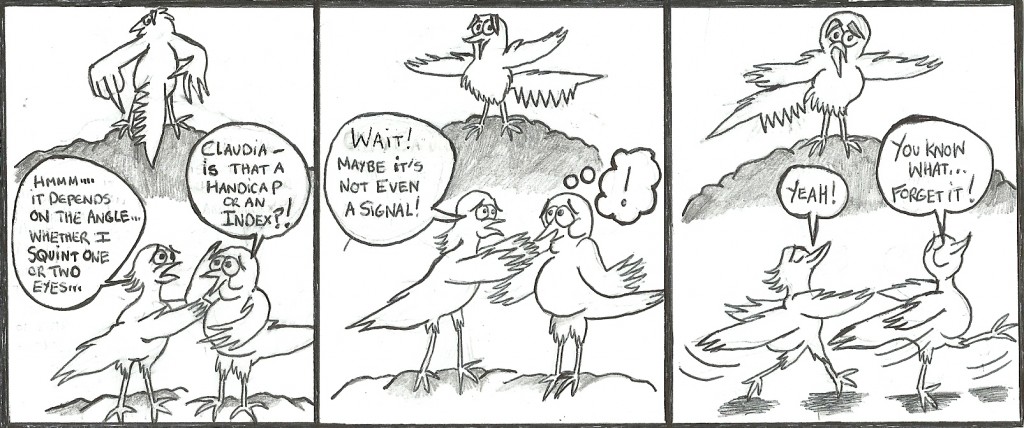Gillian McKeith: You are what you tweet. If you thought the subject of my title was some five-year who just discovered various nouns for his excrement, then you’re not far off: Gillian McKeith is back, and like any bad-sequel she’s saying the same shit, just repackaged into an eerily similar set of events. What I particularly loved about this article is McKeith’s denial that she’s actually the McKeith in question. Confused? Head over and read the article. It’s short and fun.
A strong dose of regulation will keep the health food industry regular. Interesting article by Martin Robbins (of Lay Scientist) over at the Guardian. I’m not normally one for regulation: I think it’s often a backwards way of looking at an issue. And I’m definitely against our ridiculous zeal for legislation-only solutions. But I do think in the case of the health food industry regulation and legislation are fantastically effective. To bring it back to the post above: McKeith has literally made millions through the exploitation of a weakly controlled industry. Ultimately, though, I do think we need to also consider the other effective weapon against these erroneous claims: education. After all, those who know, know not to buy.
I Write Like… H.P. Lovecraft, apparently. It probably explains the lack of comments on my posts: people are scared shitless. It’s okay, I’m not a venomous wordsmith, just a former linguistics student searching for a new university to call home. See, not so scary now… Click the link if you fancy wasting a minute or so of your time.
The Price of Altruism. I always remember first learning about the Price equation at university, and the sad story of its progenitor, George Price, who committed suicide in 1975. Over a Gene Expression, Razib Khan has written a fantastic, in-depth review of Oren Harman’s book, The Price of Altruism. There are too many snippets of information to pick out for a summary, but here’s an ironically amusing section:
The “hawk” and “dove” morphs made famous by Richard Dawkins in The Selfish Gene go back to Maynard Smith’s work, but the terms themselves were of Price’s invention according to Harman. If I read Harman’s chronology correctly Price was already a fervent Christian by this time, having left atheism in the same period as he launched his career as an evolutionary biologist, and there is some hint that the term “dove” may have been influenced by his particular religious leanings. This possibility seems all the more amusing in light of Dawkins’ later career as an atheist polemicist.
Matt Ridley: When Ideas Have Sex. Love him for his biology, or loathe him for his economics, you can’t help but nod in agreement with Matt Ridley’s TED talk. I think he over emphasizes this apparent trend of good times to come. He clearly hasn’t read Taleb’s Black Swan (and probably isn’t all too interested given his risk-taking strategies at Northern Rock). But his stuff on trade and cultural evolution is fairly rock solid from my perspective.


